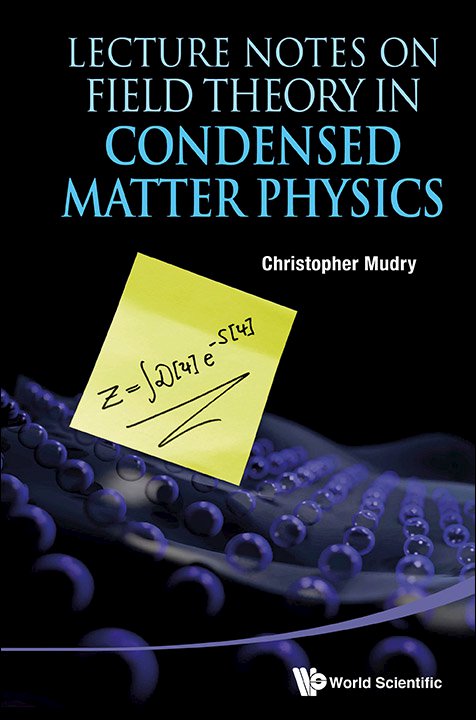Chapter 6: Jellium model for electrons in a solid
The jellium model for a three-dimensional Coulomb gas is defined. The path-integral representation of its grand-canonical partition function is presented. Collective degrees of freedom are introduced through a Hubbard-Stratonovich transformation. The low-energy and long-wavelength limit of the effective theory for the collective degrees of freedom that results from integration over the fermions is derived within the random-phase approximation (RPA). A diagrammatic interpretation to the RPA approximation is given. The ground-state energy in the RPA approximation is calculated. The dependence on momenta and frequencies of the RPA polarization function is studied. A qualitative argument is given for the existence of a particlehole continuum and for a branch of sharp excitations called plasmons. The quasistatic and dynamic limits of the polarization function are studied. The quasistatic limit is characterized by screening, Kohn effect, and Friedel oscillations. The dynamic limit is characterized by plasmons and Landau damping. The physical content of the RPA approximation for a repulsive short-range interaction is derived. The physics of zero-sound is discussed. The feedback effect of phonons on the RPA effective interaction between electrons is sketched.



